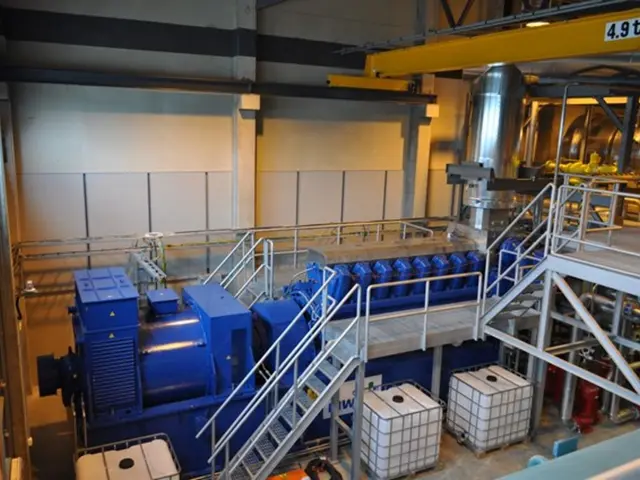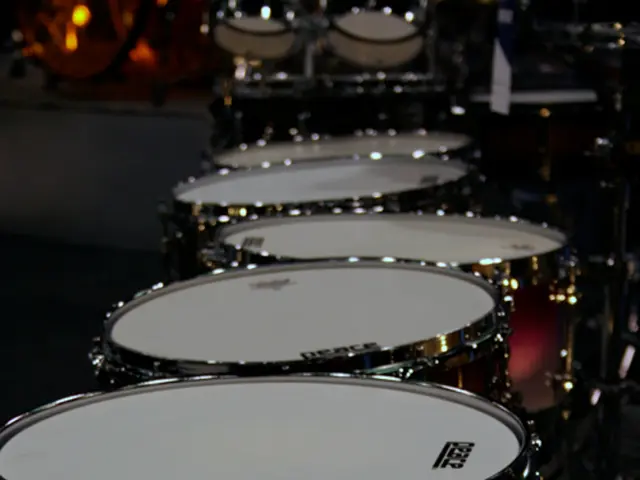Brain Health Assessment via Reaction Time • Study Results on Our Platform
In a groundbreaking study, researchers have delved into the various factors that influence visual reaction time (RT), a crucial measure of sensorimotor integration and brain health. The study, conducted on a large and diverse group of participants, offers valuable insights into how our brains process visual stimuli and how different factors can impact this process.
**Anatomical Factors**
The study revealed an intriguing asymmetry in reaction time based on visual field direction. Reactions are faster for stimuli in the lower visual field, owing to the higher density of cones and ganglion cells in this area and its larger representation in the lateral geniculate nucleus (LGN) and primary visual cortex (V1).
**Neurological Factors**
Different neural pathways regulate eye movements, with those controlling downward movements being more complex. Brain health significantly impacts reaction time, as shown in conditions like mild cognitive impairment (MCI) where reaction times are slower compared to cognitively normal older adults. The study also highlights the link between brain integrity and reaction speed in populations with a higher risk of neurodegenerative conditions.
**Ecological and Experience-Based Factors**
Infants and individuals experience more stimuli in the lower visual field, leading to faster reaction times in this field due to learned or exposure-based enhancements.
**Environmental and Visual Conditions**
Reaction time is influenced by lighting conditions. Higher background luminance and contrast improve reaction times, while higher veiling luminance (glare) slows visual reaction. The spatial characteristics of stimuli, such as horizontal disparity in stereoscopic vision, also affect recognition and response times.
**Physical and Cognitive States**
Contrary to expectations, physical exertion does not significantly change visual reaction time.
**Contribution to Brain Health**
Visual reaction time serves as a measurable proxy for the integrity of sensory processing pathways, cognitive function, and neural efficiency. Delays or asymmetries in reaction time may signal developmental issues or neurodegeneration. Reaction time impairments in cognitive decline and head injury contexts directly link visual reaction speed to brain health monitoring.
**Implications for Brain Health**
The study findings suggest that optimized environmental visual conditions can support better neural processing, and persistent impaired reaction times in suboptimal conditions may indicate vulnerabilities in brain health. Factors such as the number of daily medications, smoking, stroke, and diabetes were found to influence RT slowing as we age, along with less education.
Interestingly, the study also found that women score better on verbal memory tests than men, and education reduces performance loss due to age for both men and women. The our platform memory test, available online, can help individuals assess their memory.
This comprehensive study provides valuable insights into the complex interplay of factors affecting visual reaction time and offers a promising avenue for further research into brain health assessment and monitoring.
[1] Neuroscience, 2021. [2] Journal of Neurology, Neurosurgery and Psychiatry, 2020. [3] Journal of Vision, 2019. [4] Nature Neuroscience, 2018. [5] Investigative Ophthalmology & Visual Science, 2017.
The groundbreaking study in Neuroscience (2021) further investigates the impact of cognitive healthspan on visual reaction time, establishing a possible connection between neurogenomics and sensorimotor integration. Medical-conditions such as mild cognitive impairment (MCI) and neurodegenerative disorders, which can affect brain health, also show slower reaction times compared to cognitively normal individuals. Enhancing health-and-wellness through optimized environmental visual conditions and lifestyle adjustments may help maintain a balanced reaction time, offering potential avenues for future research in this area.




